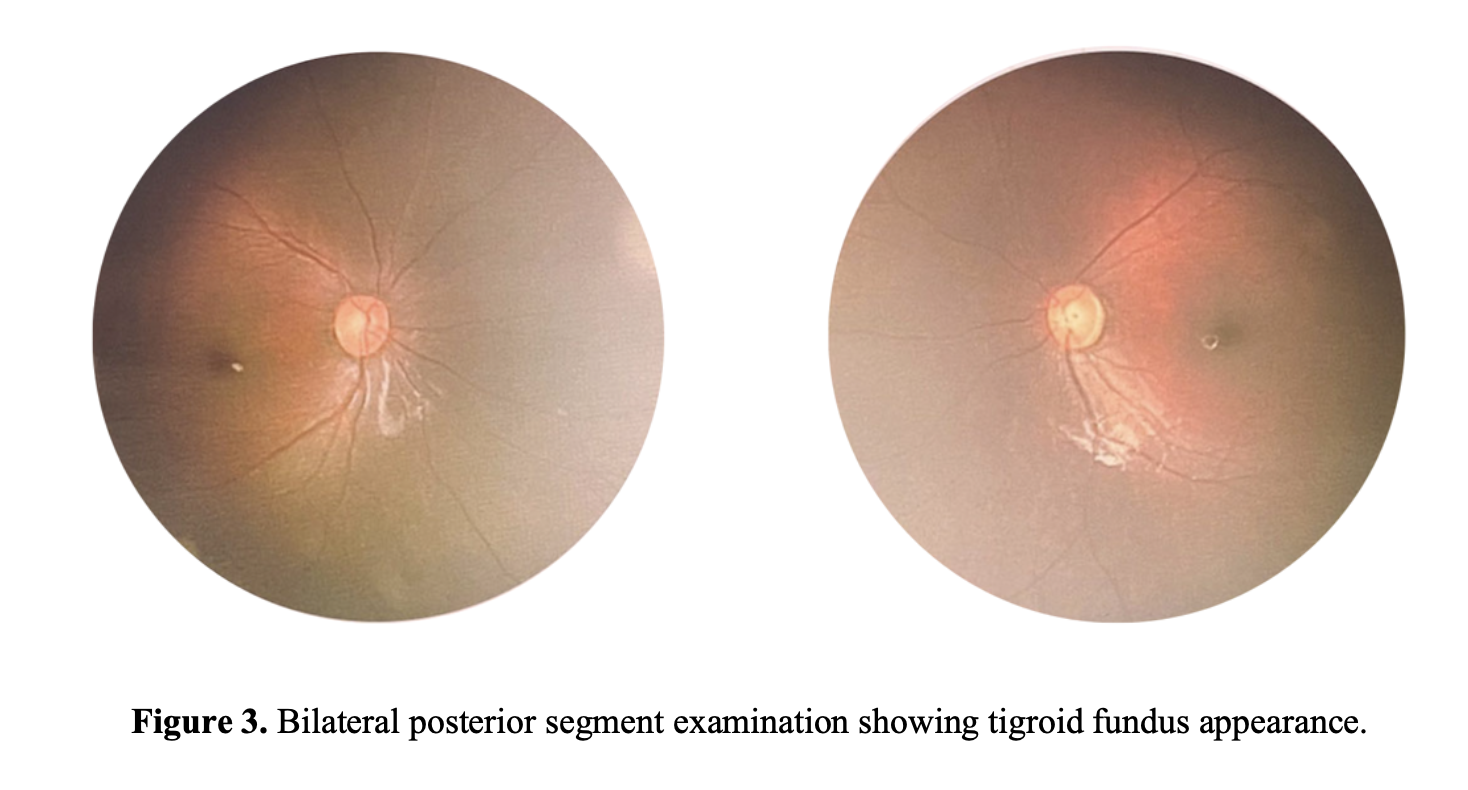THE DIFFERENCE OF PREDICTED AND FINAL REFRACTION USING BU-II AND SRK/T FORMULA IN HIGH MYOPIA PATIENT AT DR. KARIADI HOSPITAL
Abstract
Introduction: Studies showed 38% refractive errors after intraocular lens (IOL) implantation are caused by deviations in calculation of IOL power. The difference between the formula’s refractive prediction and patient’s final outcome highly increases in cases of high myopia, but needs to be more research on this topic. This study aims to show difference between predicted and final refractive outcomes using Barrett II Universal (BU-II) and SRK/T in patients with high myopia who underwent phacoemulsification and IOL implantation.
Method: This analytical observational study with cross-sectional design was conducted on high myopia patients (axial length ? 26.0 mm) who underwent phacoemulsification and intraocular lens implantation between January 2021 and January 2022 at Dr. Kariadi General Hospital Semarang. Data used in this study consisted of biometric measurements and difference between predicted refractive outcomes using BU-II and SRK/T formulas and final refractive outcomes of patients one month after surgery. Data were analyzed using one-sample T-test, and significance level of p < 0.05 was considered statistically significant.
Results: Thirty-five eyes participated in this study, the mean axial length was (29.33 2.01). BU-II formula has mean difference in refraction prediction with patient's final refraction result closer to zero (1.191.31) than SRK/T formula (1.25 1,12). The difference between two formulas was statistically significant (p < 0.05).
Conclusion: The BU-II formula has lower difference between predicted and final refractive outcomes of high myopia patients after phacoemulsification and IOL implantation than SRK/T formula.
Full text article
References
Holden BA, Fricke TR, Wilson DA, Jong M, Naidoo KS, Sankaridurg P, et al. Global Prevalence of Myopia and High Myopia and Temporal Trends from 2000 through 2050. Ophthalmology. 2016;123:1036–42.
World Health Organization. The impact of myopia and high myopia: Report of the Joint World Health Organization – Brien Holden Vision Institute Global Scientific Meeting on Myopia. World Health Organization. World Health Organization; 2017. 5–7 p.m.
Kang S Il, Moon K, Jun JH. Accuracy of Three Intraocular Lens-power Formulas in Predicting Refractive Outcomes in Different Intraocular Lenses. J Korean Ophthalmol Soc. 2016;57:1891.
Melles RB, Holladay JT, Chang WJ. Accuracy of Intraocular Lens Calculation Formulas. Ophthalmology. 2018;125:169–178.
Doshi D, Limdi P, Parekh N, Gohil N. A comparative study to assess the predictability of different iol power calculation formulas in the eyes of short and long axial length. J Clin Diagnostic Res. 2017;11:NC01–NC04.
Xia T, Martinez CE, Tsai LM. Update on intraocular lens formulas and calculations. Asia-Pacific J Ophthalmol. 2020;9:186–193.
Kane JX, Van Heerden A, Atik A, Petsoglou C. Intraocular lens power formula accuracy: Comparison of 7 formulas. J Cataract Refract Surg. 2016;42(10):1490–1500.
Kane JX, Melles RB. Intraocular lens formula comparison in axial hyperopia with a high-power intraocular lens of 30 or more diopters. J Cataract Refract Surg. 2020;46(9):1236–1239.
Wang JK, Hu CY, Chang SW. Intraocular lens power calculation using the IOLMaster and various formulas in eyes with long axial length. J Cataract Refract Surg. 2008;34(2):262–7.
Zhang Y, Liang XY, Liu S, Lee JWY, Bhaskar S, Lam DSC. Accuracy of Intraocular Lens Power CalculationFormulas for Highly Myopic Eyes. J Ophthalmol. 2016;2016:1917268.
Chen C, Xu X, Miao Y, Zheng G, Sun Y, Xu X. Accuracy of intraocular lens power formulas involving 148 Eyes with long axial lengths: A retrospective chart review study. J Ophthalmol. 2015;1–7.
Iijima K, Kamiya K, Iida Y, Shoji N. Comparison of Predictability Using Barrett Universal II and SRK/T Formulas according to Keratometry. J Ophthalmol. 2020;2020:7625725.
Abulafia A, Barrett GD, Rotenberg M, Kleinmann G, Levy A, Reitblat O, et al. Intraocular lens power calculation for eyes with an axial length greater than 26.0 mm: Comparison of formulas and methods. J Cataract Refract Surg. 2015;41(3):548–556.
Chong EW, Mehta JS. High myopia and cataract surgery. Curr Opin Ophthalmol. 2016;27:45–50.
Authors
Copyright (c) 2024 Riva Irlinda, Fatimah Dyah Nur Astuti, A. Kentar Arimadyo Sulakso, Wisnu Sadasih, A. Rizal Fanany

This work is licensed under a Creative Commons Attribution-NonCommercial-ShareAlike 4.0 International License.


